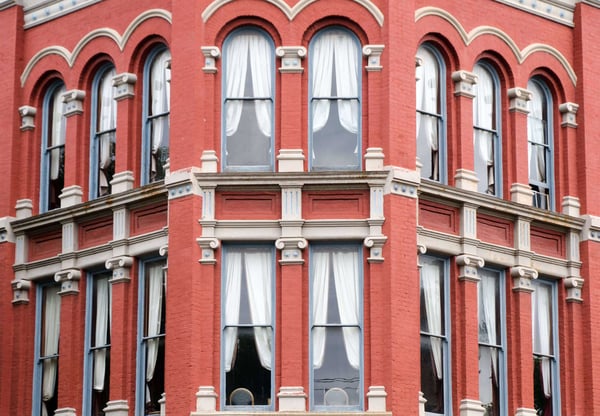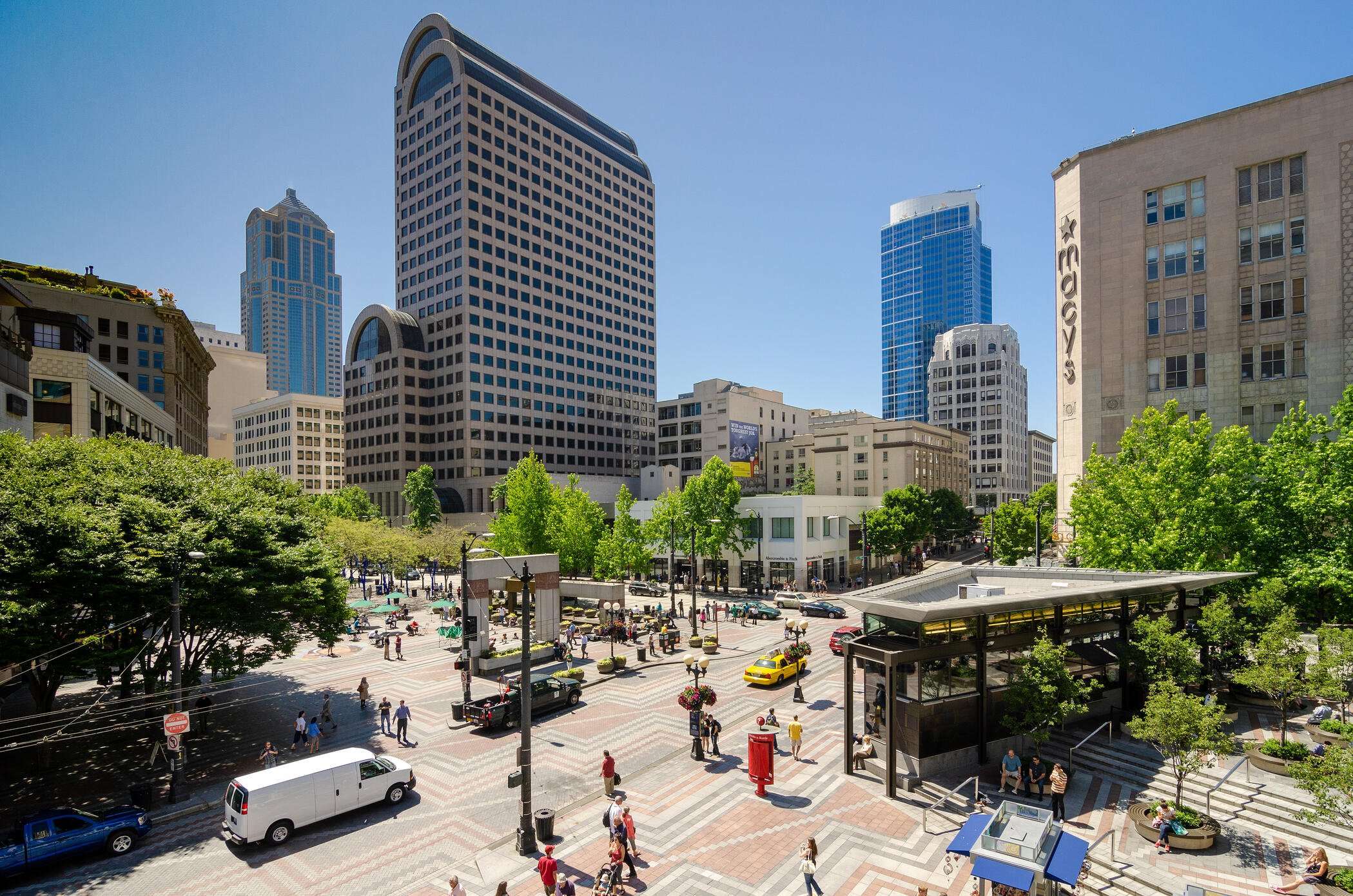According to Wikipedia, RCP could refer to Rochester Community Players, Radio Club Paraguayo, or the Romanian Communist Party.
In the world of property insurance, RCP stands for Rating, Construction, and Protection. It’s a four-digit code that contains valuable information designed to provide underwriters and raters a quick summary of a risk.
To help make sense of these codes, let’s walk through RCP letter by letter.
 The RCP code for a building gives insurance professionals useful
The RCP code for a building gives insurance professionals useful
information in a compact way
Related:
WSRB's Essential Guide to Commercial Property Risk Assessment
R stands for Rating
The first digit refers to the building’s rating identification and corresponds with its status as either sprinklered or non-sprinklered.
Buildings are given a rating between 1 and 4. Here’s what each number denotes:
- Specifically rated without sprinkler system credit
- Class rated
- Class-rated, substandard conditions
- Specifically rated with sprinkler system credit
WSRB uses ratings 1, 2, and 4. Other organizations use rating 3 - WSRB does not. This rating gives a quick overview of how the loss costs are being generated: class rated vs specifically rated and sprinklered vs non-sprinklered. Note that some buildings have sprinkler systems but are not coded as such.
For the most common reasons a system is not getting credit, please look at our blog on the subject.
C stands for Construction
The second digit refers to the building’s construction class and relates to its potential combustibility. Under construction class, major structural features are considered, including the load-bearing walls, exterior, floors, and roof.
Buildings are given a construction class rating between 1 and 6. The higher the number, the more resistant the structure is to fire damage. Here is what each class rating denotes:
- Frame construction
- Joisted Masonry construction
- Non-Combustible construction
- Masonry Non-Combustible construction
- Modified Fire Resistive construction
- Fire Resistive construction
You can find complete construction definitions in the Commercial Lines Manual. Make sure to check for exceptions by state.
P stands for Protection
The third and fourth digits refer to the protection class (PC) of the risk.
Protection class evaluations take into consideration a community's fire readiness, looking at four key areas:
- Fire department, including distribution of stations, staffing levels, equipment, and personnel training.
- Water supply, including water flow capacity, fire hydrant location, and maintenance.
- Emergency communications system, including dispatching system, staffing, and training.
- Fire safety control, including fire code and building code enforcement, fire investigations, and public fire education programs.
The PC is represented on a scale of 01 to 10, from best to inadequate. A PC of 01 indicates exceptional fire protection services; PC 10 means there are insufficient to no fire protection services available.
 Using WSRB's Loss Cost Look Up, finding RCP codes couldn't be easier.
Using WSRB's Loss Cost Look Up, finding RCP codes couldn't be easier.
Related:
CSP Classification Codes Explained
Where to find RCP codes
You can find RCP codes for buildings WSRB has inspected using our Loss Cost Look Up. Learn how to use Loss Cost Look Up here.
Don't forget to stay informed with similar content by signing up for notifications.











